25 Apr What I wish I knew about pregnancy…
A blog from our wonderful physio and mum, Frauke!
As a mother myself, I know first-hand that pregnancy is one of the most exciting times in a womans’ life! Honestly, I can’t think of a time in my own life that was more exciting. Of course, it was also scary, but mostly exciting!
I was blessed to feel perfectly well during my 2 pregnancies. Certainly, I experienced more back pain the second time around, but it was easily manageable. I was also fortunate to understand that what I was feeling was normal – I already knew so much about my bodys’ changing anatomy and the babys’ rate of development. This took away a lot of the apprehension that other mums-to-be experience – and is the inspiration behind todays blog!
If you, or someone you know is pregnant, read on to discover the things I wish every woman understood about her pregnancy…
What to expect during pregnancy:
As the baby grows, the pressure inside the mothers abdomen changes. This increases the pressure on the pelvic floor and stretches the abdominal muscles. As the abdominal muscles stretch, they also weaken – putting even more pressure on the pelvic floor! These factors, combined with the growing bump start to affect the mothers posture and gait.
During this time, up to 50% of women will experience back pain and 67% of women experience incontinence when they laugh, sneeze, cough or exercise.
By the third trimester, most women will experience a widening of their abdominal muscles – noticing a gap in centre of their tummy when they sit up from lying down. This widening is a normal mechanism to make room for the growing baby, and usually goes away 8 weeks after birth.
Pregnancy is definitely exciting – but it can also be uncomfortable! Luckily, there are many things you can do to stay strong and support your body during this time.
Preparing your body for pregnancy:
Women with strong pelvic floor muscles are less likely to experience back pain or incontinence during and after pregnancy. Incorporating pelvic floor exercises makes a big difference!
It’s also important to remain physically active during your pregnancy. Regular exercise helps to maintain a healthy weight, improve mental wellbeing, promote strength (important for birthing and looking after your newborn!), and reduce the resin of gestational diabetes.
Women with uncomplicated pregnancies are advised to perform a combination of aerobic and strength exercise 5-6 days per week at moderate intensities (you should still be able to talk while you exercise).
Running and other high impact sport is not a good idea, so I stuck to walking, swimming, and Pilates during my pregnancies. I also added 100 pelvic floor contractions into my day – doing them when I was driving, brushing my teeth, and walking!
Getting back to normal after baby arrives:
After your pregnancy, the abdominal and pelvic floor muscles are long, overstretched, and have lost their tension. These decreases their function and strength.
It takes some time for your body to “bounce back”, and it’s important to be gentle with yourself! Allow these muscles time to tighten and regain their tension before jumping into anything new.
In the first month after birth, getting up from a chair, picking up your beautiful new baby, feeding and caring for your newborn, and showering is plenty of exercise! The only thing you should add in are SPECIFIC pelvic floor exercises, which you should commence immediately.
Usually by 4-6 weeks, walking can be introduced as it is a great exercise for you AND your baby. Depending on how you are recovering, you may be able to start light exercises, however, please allow your body to gradually get stronger. I recommend avoiding high impact activities (such as running and jarring sports) for at least 3-6 months.
Research shows that women doing intensive, supervised pelvic floor muscle exercises were 56% less likely to experience incontinence during pregnancy and 30% less likely after giving birth.
If you’re completely clear on how to do your pelvic floor contractions: great! Go ahead and do them! You must do LOTS of them and aim for at least 100 contractions per day.
If you are not 100% sure on what to do, please come in and check with us. We can help! Remember, every person is different. Finding out what is best for your body is essential to your full recovery.


Call: (02) 6674 4142